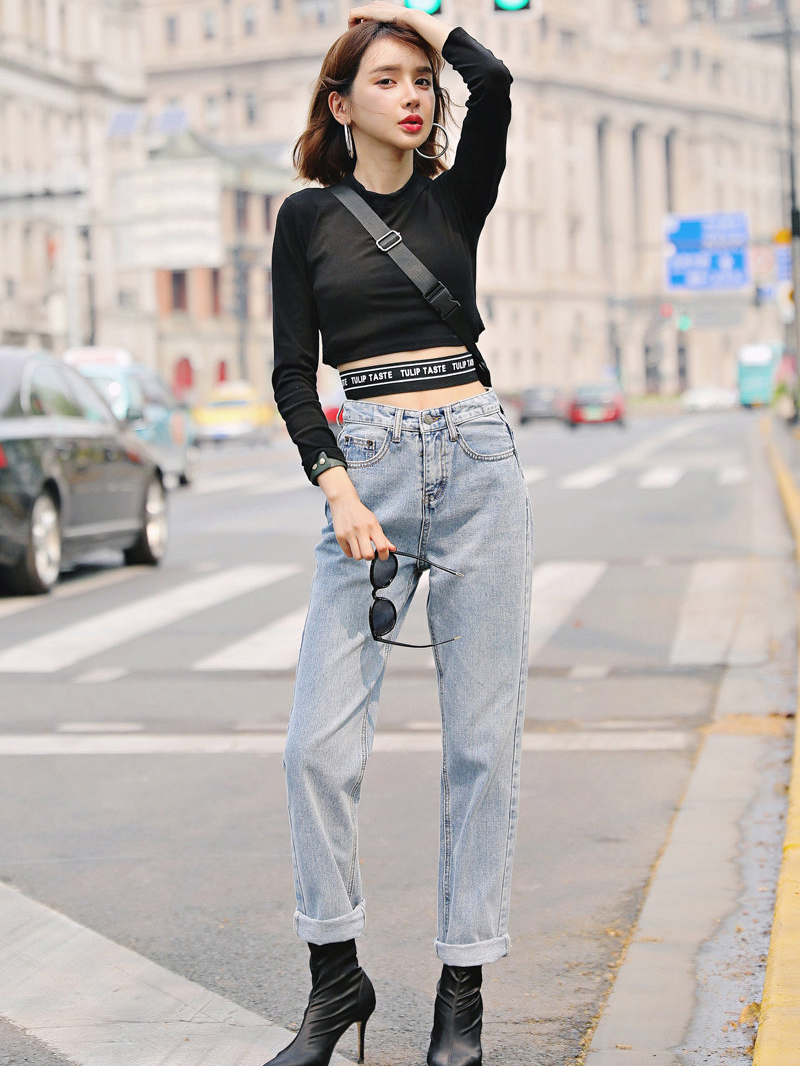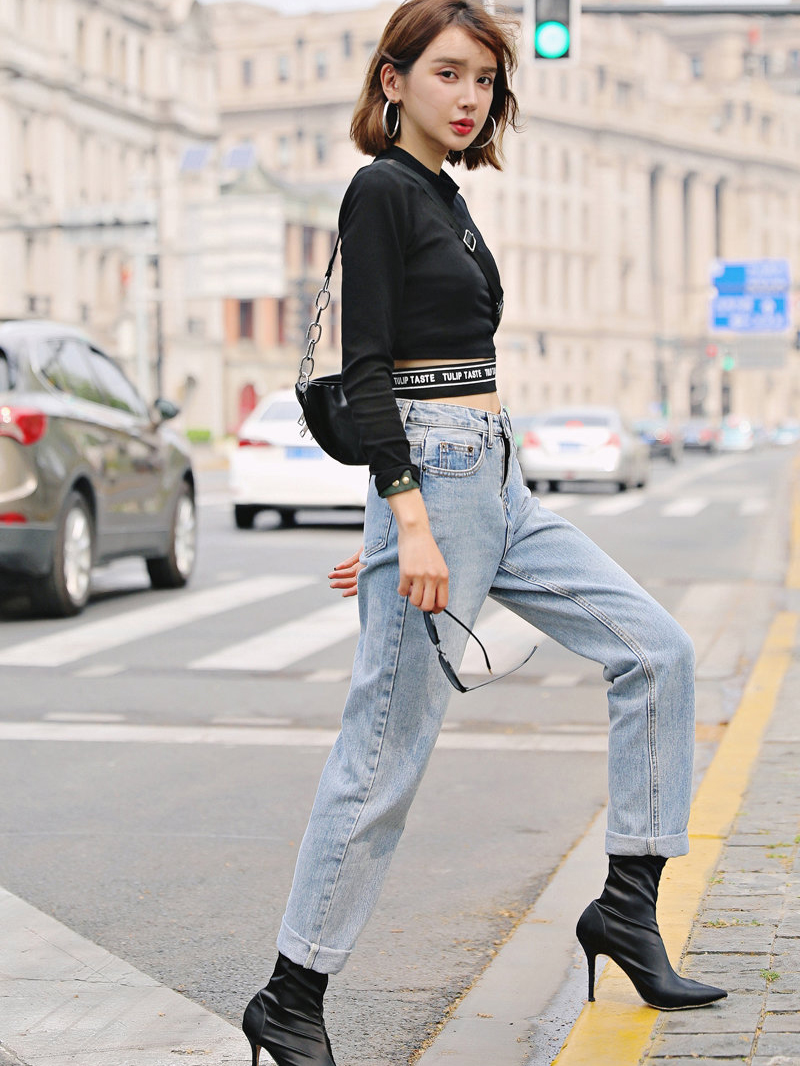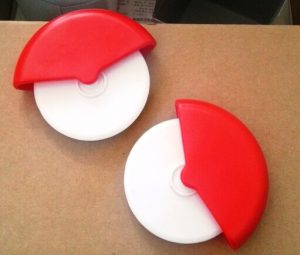This is the fourth installment of a series about sexual assault and comics. You can find the previous posts here:
Introduction
Rape in the Gutters
Writing Sexual Violence, Part 1
Writing Sexual Violence, Part 2
In January of 2005, Dark Horse Comics released Conan #12. Subtitled ‘The Widowmaker,’ the comic introduced a character who had lurked around the edges of a few previous issues. Despite sporting an exceptionally impractical outfit, she comes very close to kicking Conan’s ass (in fact, she probably would have, were it not for the timely intervention of a third party), and they end up traveling together. Midway through the issue, Conan asks Janissa how shea Zingaran womanhad become such a skilled fighter, and she replies,
‘Once upon a time, there was a silly, stupid girl, the daughter of a wealthy merchant in the Zingaran city of Ceodiz.
‘Her father was blessed with wealth but cursed with lack of sons, and thought to use his daughters to bring the family into the nobility.
‘But while the girl’s sisters were content to think of little but the latest fashions, the balls they would attend, and which lordlings they would be chosen to marry
‘she burned with anger at the thought of being a possession, to be used, bartered or sold like an expensive horse.
‘She wanted freedom. She wanted to make her own way in the world, by her own wits, her own skills
‘rather than a life of silks and satin to be chosen for her by men.
‘And so, one night, the girl crept from her father’s manorand made her way, free and daring, into the wider world.
‘She’d heard of a sorceress in the hills. A womana woman!with great power, who answered to no man.
‘The sorceress was known only as the Bone Woman. And the silly, stupid girl found her.’
Flashback: Janissa finds the Bone Woman, who asks what Janissa wants. Janissa responds that she wants strength and skill, for which she says she’d give anything. The Bone Woman gives her terms: that Janissa will be strong and deadly, but in return, she will serve the Bone Woman for twice the length of her training; Janissa agrees.
‘The Bone Woman blew a yellow powder in the girl’s facepowder from the crushed leaves of the yellow lotus.
‘Instantly, her world went dark.
‘And when she awoke‘
Flashback: Janissa is in a dark pit. The Bone Woman throws down a sword and says that Janissa’s first lesson is beginning.
‘It was a demon. Its matted hair smelled worse than goats, and its breath stank of sulfur. It leered at the girl, licked its cankered lips
‘and leapt.
‘The creature tore her garments from her and raped her, scarring her flesh, her soul.
‘It took her repeatedly, until she passed out from the pain.
‘And when she awoke
‘When she awoke, she was still there.’
Flashback: The Bone Woman gives Janissa food and water and tells her to learn on her mistakes‘there will be two of them tonight.’
‘There were two of them that night.
‘Three the next night.
‘Every night, they attacked.
‘In the days, the stupid girl trained as best she could, fighting her weak muscles, her lack of speed
‘fighting even through injury, for she knew what would come.
‘The night she first killed one, she almost shouted with a savage joy
‘before she was overwhelmed by its demonic brothers, and brutalized once more.
‘The next day, the Bone Woman came not just with food, but with potions for pain, for healing.
‘And she spoke to the girl of strategies, of gambits she could try.
‘The girl wanted to embrace her and weep, or to kill her. But she could not do either.
‘But she killed two that night before falling to their numbers.’
Flashback: As time passes, the Bone Woman gives Janissa more ‘support,’ mostly via enchanted bones that the Bone Woman claims will enhance Janissa’s abilities.
‘More bones came, sometimes days apart, sometimes more
‘and the girl began dully to comprehend that someday, somehow, there might be an end to her ordeal.
‘But it did not come.
‘It did not come.
‘I don’t know how long it lasted. Months? Years? A decade?
‘But the time came when I killed every demon she sent at me for a month. Left a horde of them strewn dead around me in a single night.
‘I have served her ever since.’
No one thought it was a pretty story. One member of Conan’s creative team, Thomas Yeates, was so bothered by some of the content that he declined to work on the issue (Yeates left the title soon after, for reasons unrelated to Conan #12). There was little argument that the sequence depicting Janissa’s backstory was profoundly disturbing.
I started working on Conan in June of 2006 and discovered that eighteen months after its release, Conan #12 was still generating a tremendous response from readers. Letters regarding the demon rape sequence had dominated a half-dozen letter columns and were still pouring in.
Fan responses to Janissa’s backstory tended to fall into two wildly disparate camps: one group hated the story and attacked it for all it was worth; the other defended it wholeheartedly. Even the detractors were divided: some felt that the content was inappropriate for a mainstream comic; others felt that Janissa’s portrayal was unrealistic; still others believed that by describing demon rape, we had betrayed the spirit of Robert E. Howard’s original work. The one thing the letters had in common was that they were all from male readers*.
The first reader response to Janissa’s rape appeared in the Conan #21 letter column, in October 2005. It was from a man who was ‘angry and disappointed with [Conan #12]’ because it had offended his wife:
This story lacks any sense of masculine maturity and goes a long way in a short space to discrediting a beloved genre. YesConan literature is full of lascivious depictions, but having a heroine gang-raped by demons every night for a decade is grotesque and weak.
My wife enjoys a highly developed genre rangefrom French history to classic erotica and adults-only manga. She has no problem with depictions of females engaging in tentacled sex, or with pornbut Conan is not meant to be porn, so why does a woman have to get raped as ‘just a natural part of the past that brings the character into existence?’ [his quotes; I have been unable to trace the source of the text and so am assuming that it is not actually a quotation.] Why stick this in a story about Conan?
…
This is a bad habit in all forms of entertainment, where the female character is raped as a plot device to explain how a woman got to be something other than a mother or a homemaker. It’s a cliché that decent men shouldn’t dream about even in the context of fantasy. You can go as deep into it as you have the courage to ask questions of your society. From an academic and humanistic perspective, it belies our culture’s inability to relate to women.
The writer also noted the gender disparity in fictional rape victims:
Can you imagine the appeal of cinematic characters such as Conan or Han Solo if they got casually raped as a plot device? Most men would walk away in disgust at the thought of their favorite male role model hero being used as a sex slave, condemning the character as a homosexual… This only happens to heroines though.
This letter bothers me for several reasons (not counting the misuse of the word ‘belies’): first of all, its writer is speaking on behalf of his wife in a letter about the abuse and silencing of women; regardless his intentions, which I’m inclined to believe were genuinely good, he is adopting the same attitude that he so vehemently condemns. I am not attempting to downplay the importance of his wife’s reaction, but ultimately, her reaction was not the subject of the letter: instead, it was her husband’s dismay at her reaction and at the comic that had caused it, and the women involvedthe female character and the female readerboth remain at the functional mercy of their male caretakers. Furthermore, although the writer claimed to be writing because his wife had taken offense at the story, he mentioned only the reactions and responsibilities of men: the story lacks ‘a sense of masculine maturity’; rape as an element of female heroes’ backstories is ‘a cliché that decent men [my italics] shouldn’t even dream about in fantasy.’ ‘Most men [still my italics] would walk away in disgust’ from a male hero who had been raped.
But what would women do? We don’t get to find out: we know that the writer’s wife was offended, but we never get to hear her actual reaction or concerns, only her husband’s.
And that’s symptomatic of much of the response to Conan #12, and all of the direct responses we saw to Janissa’s rape. Male fans wrote in to express their outrage at or support of the all-male creative team; female fansand there are more than you might suspectwere silent. Even on the net, very few women responded to Conan #12.
I wasn’t the only person who noticed the skewed gender dynamics. In his response to the letter that appeared in Conan #21, editor Scott Allie wrote, ‘This sort of thing exists in fantasy literature because of less than savory tendencies in our real culture. You suggest a male victim of rape would be considered gay by some readers. Those would be some stupid readers, but even you aren’t willing to consider that a male victim of rape might have a female aggressor. The sexist, inequitable relationship is there, and even when you try to see around it, you can’t.’ Scott went on to request more letters on the subject: ‘If I get any replies to this letter, I will bump them up in the queue, because I’d be very interested to see a dialogue on this one.’
Readers responded. In May of 2006, the letter columns of Conan: Book of Thoth #3 and Conan #28 were entirely devoted to discussion of Janissa’s rape and responses to the letter that had appeared in Conan #21. Several readers remarked that there was, in fact, a male rape victim in popular comic: Guts, of Berserk. Others argued that Janissa’s backstoryand rape in generalwas perfectly appropriate to the Hyborian world that Robert E. Howard created. Several commented that Conan was neither intended for nor read by women, and so had no obligation to be sensitive to potentially offensive material. Again, while several of the responses discussed the potential reactions of female readers, all of them were written by male fans.
A month later, I started at Dark Horse and immediately found myself inundated by a small sea of letters regarding Conan #12. By that point, Kurt Busiek had left Conan, and Janissa was no longer a regularly-appearing character in the series (to what small extent she ever had been). We continued to respond to the letters; shorter ones went into letter columns and longer ones generally received private responses via email. At the same time, we were developing future issues, including Conan #39, which would be the next issue to feature Janissa. The issue was due to be released the following April and seemed the perfect context for developing the discussion of Janissa’s rape: not only was it the first issue to feature Janissa in nearly a year, but it also happened to be scheduled for Sexual Assault Awareness Month.
The version of the Conan #39 letter column that eventually went to print was the result of a long series of revisions and discussions about gender and realism in Janissa’s development and backstory. I addressed readers’ concerns regarding whether Janissa was a realistic rape survivor, and the question of whether her backstory was sexist.
As I wrote in the letter column, the obvious test is to ask how much the story would change if Janissa’s sex were reversed: in this case, not much. And while the story doesn’t exit in a vacuum and cannot be treated as such, it avoids most of the more common clichés in the portrayal of sexual assault. Most significantly, Janissa’s assault is not her impetus to become a warrior, nor is it remotely sexualized.
Instead of writing a second column this week, I’m going to refer you to the Conan #39 letter column, where I articulate my thoughts on Janissa’s rape in a fair amount of detail. I want to thank my kickass boss Scott Allie, the brilliant and nefarious Katie Moody, the Girl-Wonder community, and cimmerianbloke from the Conan.com message board for their help in making that and this column happen, and for promoting and perpetuating dialogue about sexual assault in comics.
You can discuss this column, as well as the Conan #39 letter column, here.
*While all the letters that specifically mentioned Janissa’s rape came from male readers, we did receive one more general letter about Janissa from a female fan, who commented, ‘I love Janissashe is one tough lady, and to think that Conan would think he could break her like a twig. Her agility proved her to be his equal. I love this story!’ (This letter appeared in Conan #20’s letter column.)




